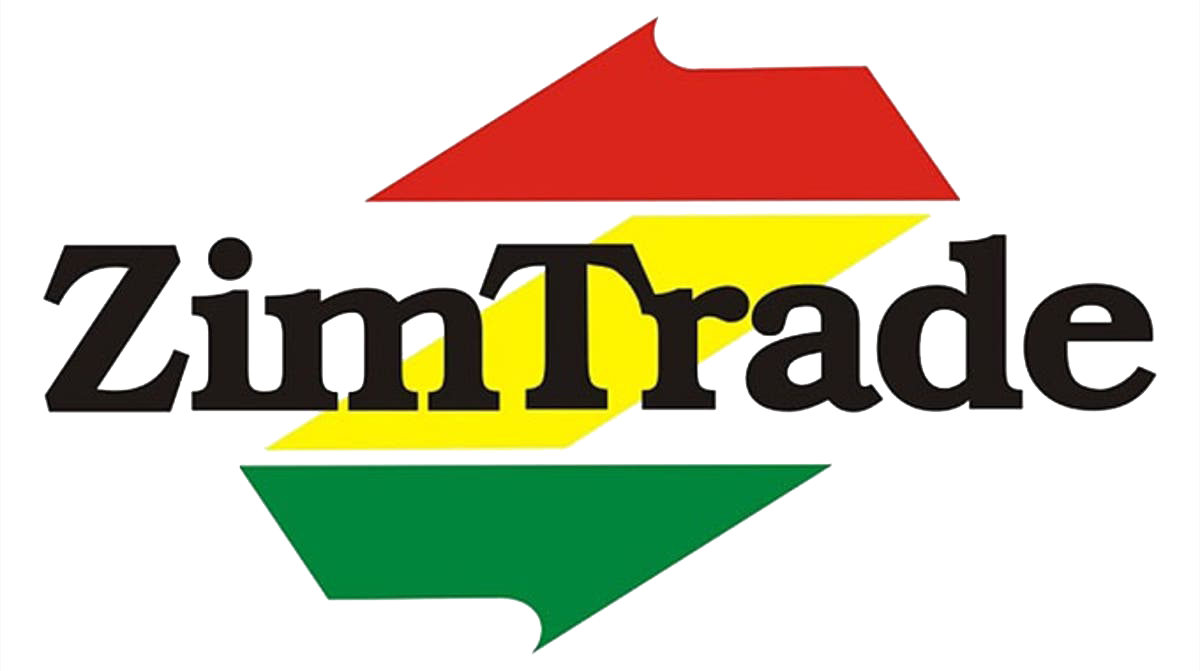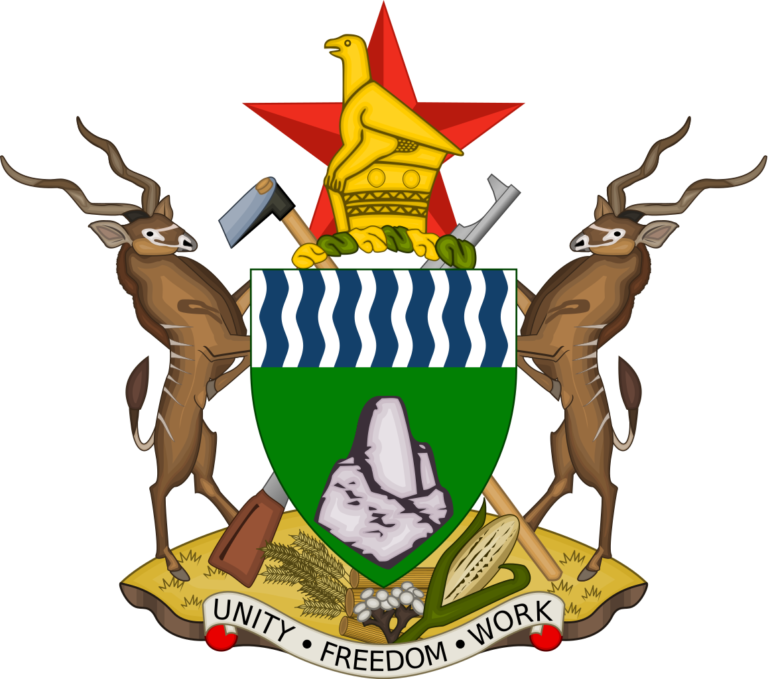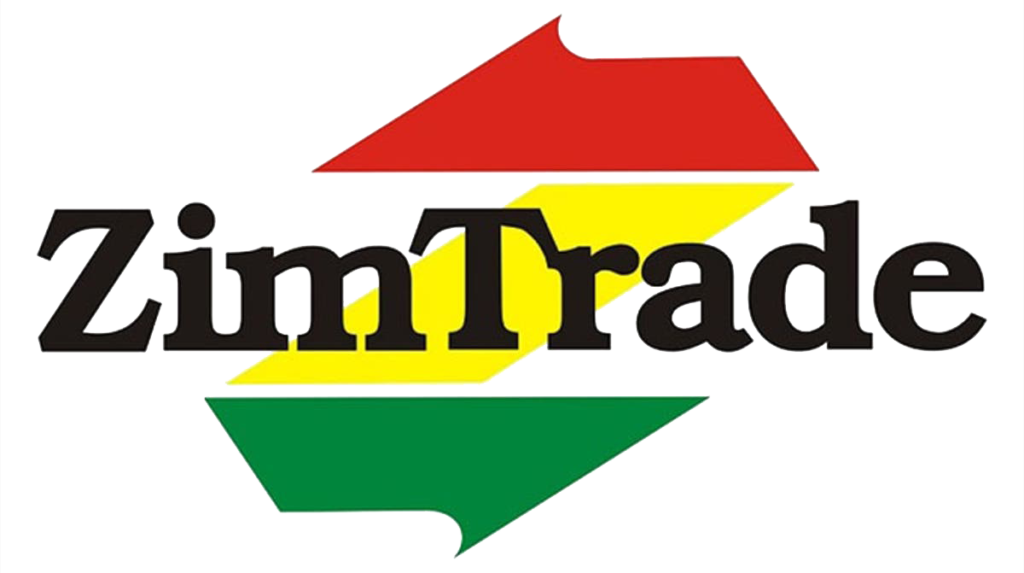Value added agricultural products: key to export growth
Zimbabwe has a wide range of opportunities in value added agricultural exports. These exist particularly in areas such as fruit juicing, oil expression, beef, fruit and vegetable canning as well as cotton and leather processing amongst others. One of the major advantages of value addition is increased export earnings as products become more competitive on the international market.
Non-traditional agricultural crops such as vegetables, fruits, flowers, houseplants, foliage and spices, have higher market values compared to traditional export crops. Zimbabwe has the capacity and potential to resuscitate export of these non-traditional high value agricultural goods.
In 1992, Zimbabwe had a diverse export product mix with a high composition of value added products such as textiles, clothing and processed foods, among others. However, in 2015, the export product mix was heavily skewed towards raw commodities. Since dollarisation in 2009, the country’s trade deficit has thus widened from US$1.3 billion to US$3.3 billion in 2015.
Zimbabwe, like many African countries, is exporting low-value raw and semi-finished products only to import them back as expensive finished goods. Consequently, intra-Africa trade has been shrinking, having dropped by 36% from US$84.4 billion in 2012 to US$54.1 billion in 2015.
International commodity prices are susceptible to external macroeconomic shocks and hence are very unstable. An example is the drop in cotton prices which emanated from the sharp increase in global cotton stocks (particularly in China) as well as the influx of cheap synthetic fibres. The global average price per pound of cotton declined by 56% from US$1.56 in 2011 to US$0.68 in 2016. Cotton ginners use international lint prices as a benchmark to set prices for the local produce. Consequently, lower returns have seen Zimbabwe’s cotton production fall from 350 million kgs in the 2011/12 season to 104 million kgs in the 2014/15 season. Local farmers should, therefore, improve the cotton value addition from fibre to the fabric or clothing level, to minimize the effects of declining cotton prices.
Most cotton farmers only retain between 15% to 20% of the value of their produce, whilst the remaining 80% to 85% is realised by other value chain players such as ginners, spinners and clothing manufacturers who are usually foreigners.
ZimTrade is therefore, encouraging businesses particularly in the agriculture and manufacturing sectors to redirect their efforts to building skills and technologies that will allow production of their own high value products and grow revenue in the process.



